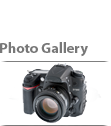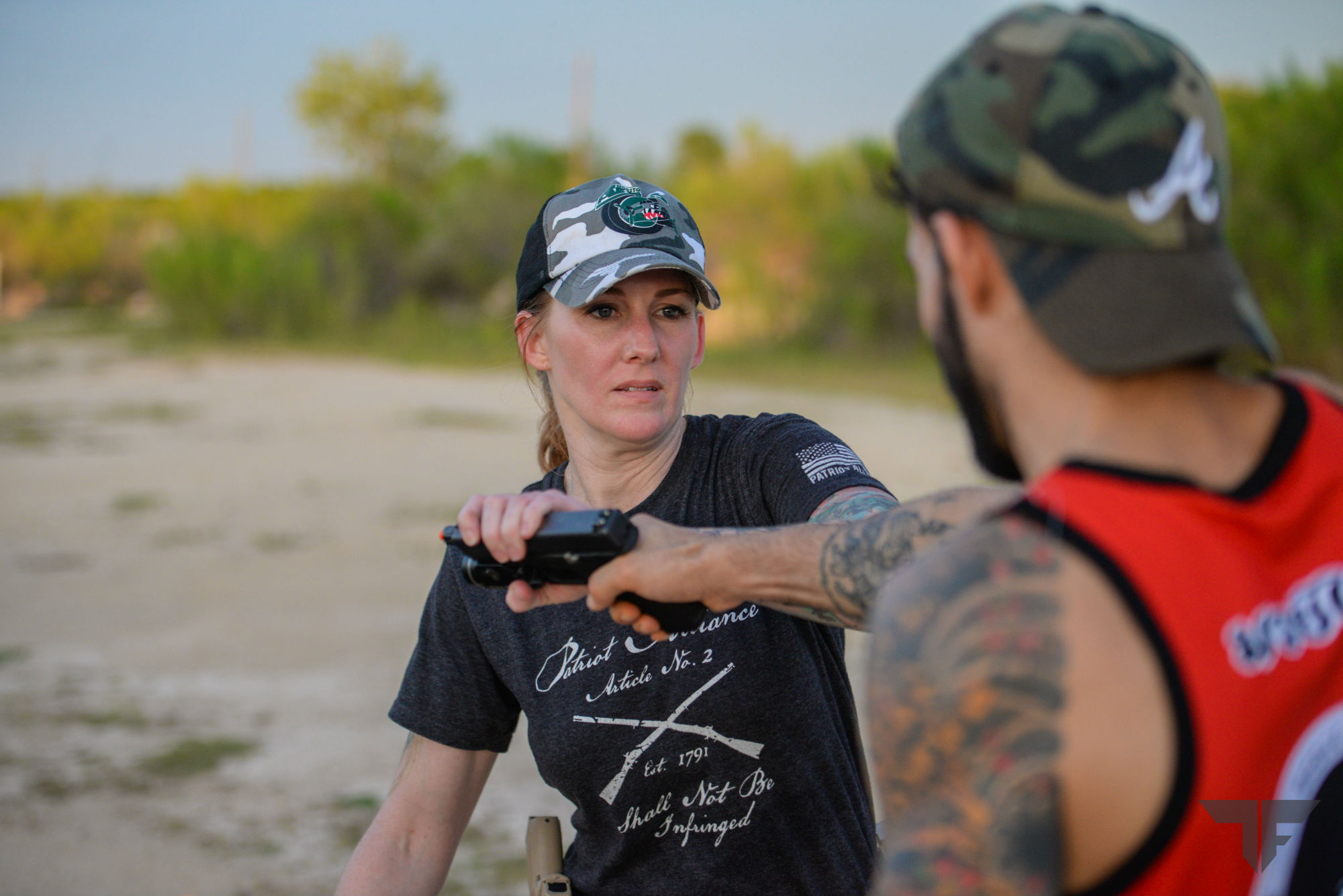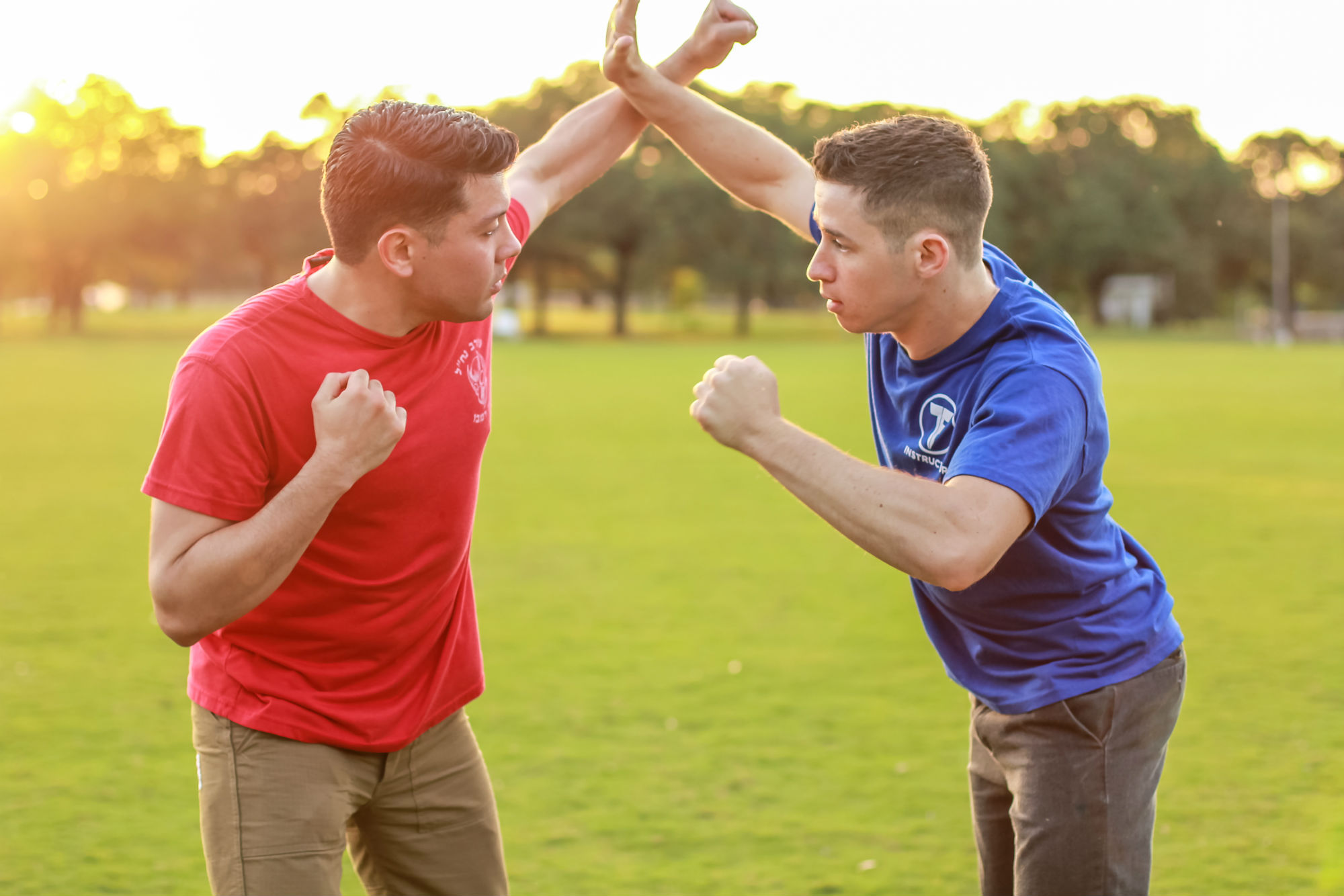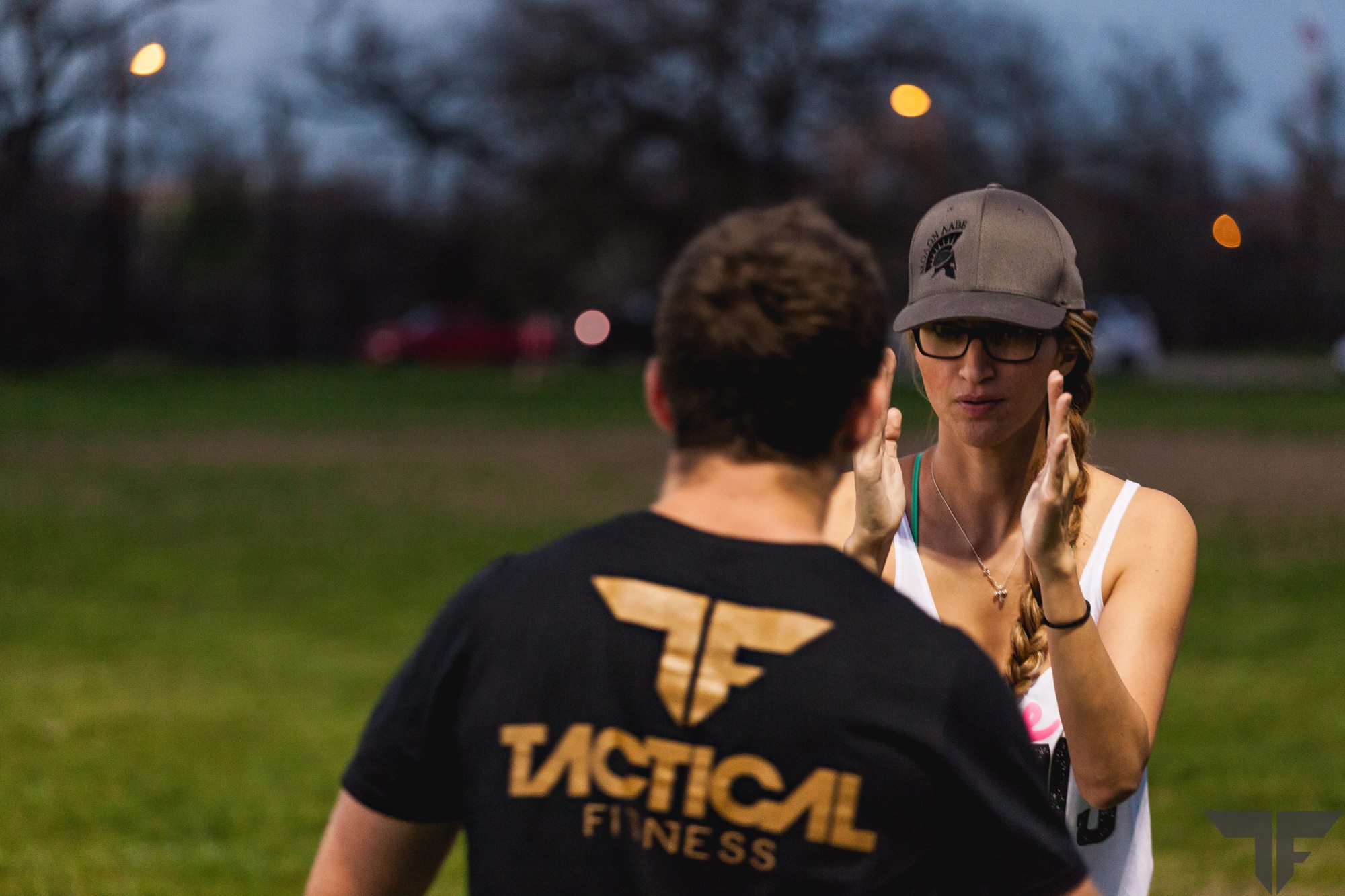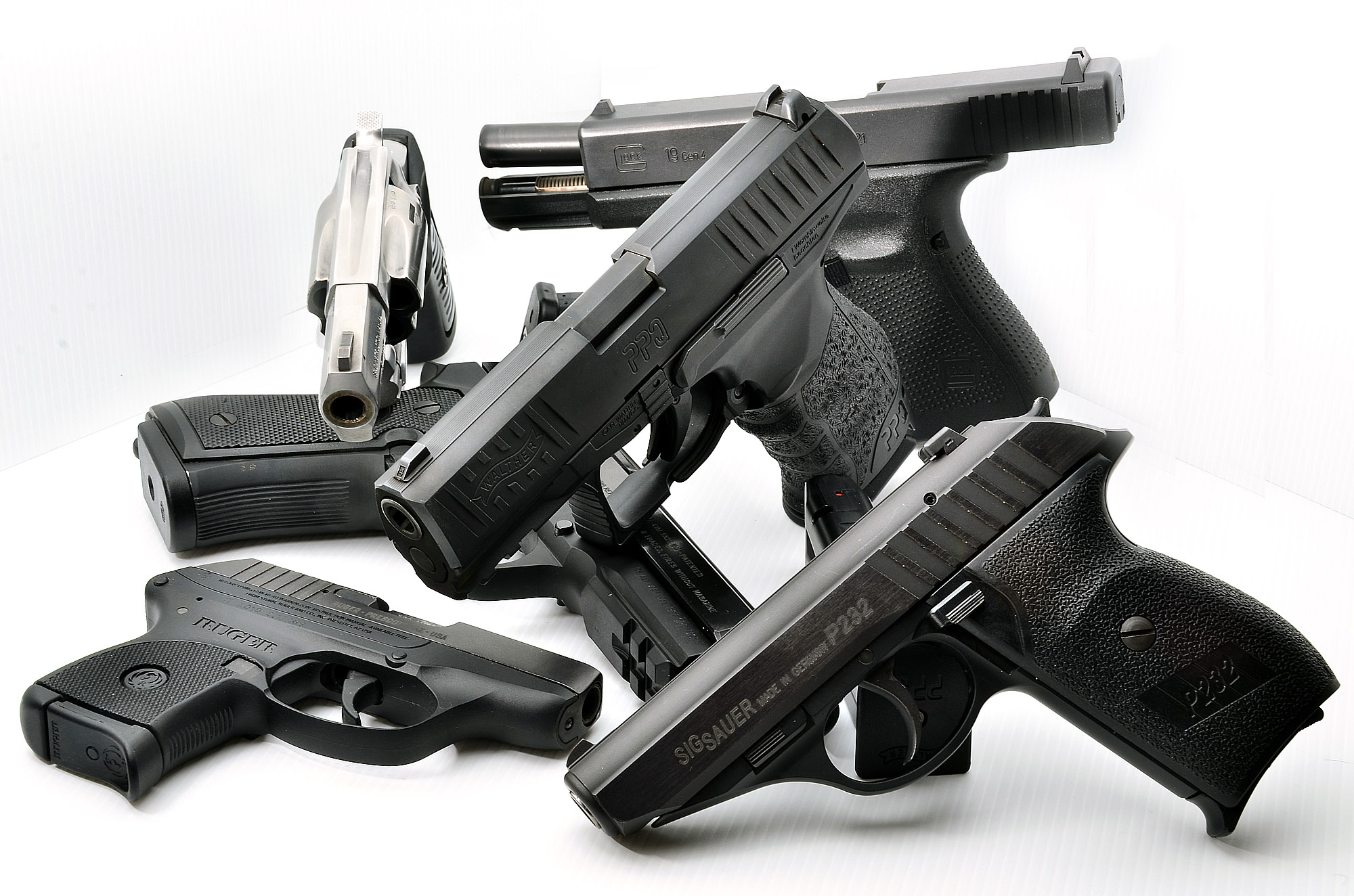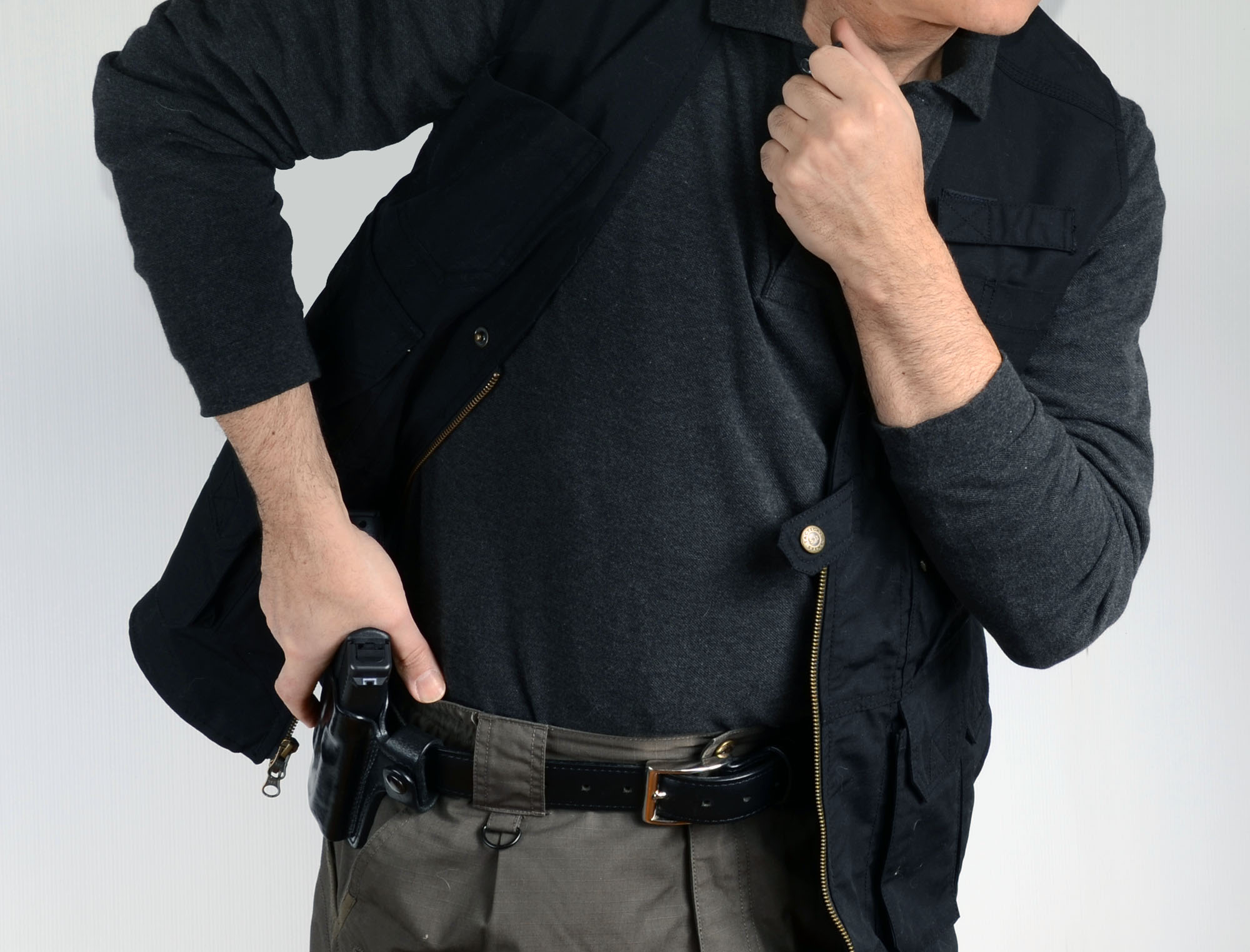Article also available in other languages

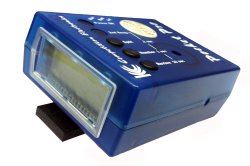
Being attacked is a serious matter. You risk your life and often, being armed doesn’t help much since there's no time to react.
The basic principle you need to remember is that any action by the aggressor will always be faster than that of the attacked party. In these dangerous instants, shooters make many mistakes due to the wrong interpretation of the situation, overestimation of their own strength, underestimation of the aggressor’s strength and their determination (to use another term for viciousness).
Trying to reason with your opponent, in those rare cases when you have the time, has proven to be a bad idea.
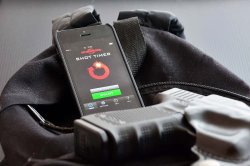
Personal defense scenarios usually do not usually involve the use of “index of action” – the progressive increase of the force used to contrast the adversary.
In fact, in these cases, the aggression is usually very unexpected and violent, so there is no dialogue and it is difficult to initiate a negotiation with your opponent.
The aggressors are perfectly aware that their attack is sudden and violent and that these characteristics are needed for the attack to succeed.
Those whose jobs put them in constant danger, for example people working in Special Units, Security Forces or people who simply find themselves in potentially dangerous situations, for example when returning home after a late night, need to be aware of their surroundings and adopt an appropriate mental condition.
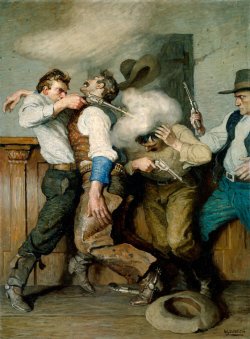
Recently, studies have found a connection between various fighting conditions and alertness states to different heartbeat rates and other metabolic changes caused by stress hormones. In order to define different mental conditions theorists use a range of colors.
White is used to describe a relaxed state, yellow alertness, red the perception of a danger.
Grey is associated with the fighting and black to the mental condition when the person's mind becomes irrational.
The mental state which allows you to react in reasonable time is defined ‘yellow’ so the condition of mental alertness, awareness of your surroundings, even without perceiving an actual threat.
This mental state helps you notice the danger but also understand the level of the threat and in this way – react in the best way possible.
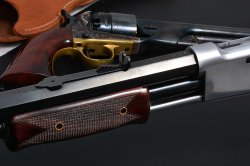
Stimulus – Decision – Action
These steps require time, which, even though it can be measured in tens of seconds, needs to be reduced to the minimum, using any tactical resource available.
The times of reaction can be minimized though the right training aimed at developing the conditioned reflexes.
Excessive serenity, fatigue, and underestimation of the danger all undermine your reaction.
'White' mental condition doesn’t allow any type of reaction, it is the mental condition that guarantees you to loose the fight but also to be simply ran over by a car while crossing the street carelessly.
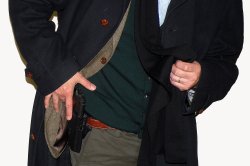
Even if you spend long hours training, if you are walking down the street and talking on the phone at the same time or reading a newspaper during your shift as a security guard, you are putting yourself in danger.
In these situations you are not able to defend yourself if you don’t prepare yourself mentally, in order to react to a violent attack with the same or higher force, even in extreme cases when you are forced to use a gun.
Unless this is something you can accept, it would be better for you to leave your gun at home or change your profession.
However, if you accept this cruel but basic logic, you will avoid prolonging your response time. In this case, you should adopt the following rules:
- Clothes: many layers of clothing, which prevents you from reaching the gun quickly, delay the response especially if you consider that the clothes often need to be moved with only one hand.
- Inappropriate gear: underarm, cross draw or ankle holsters are useful only in particular conditions and delay the response comparing to the classical waistband holster or the inside appendix-carry one.
- Bad training: you need to understand that a physical attack that involves hands and any blunt object, be it a sharp object or a gun, is not comparable to a sport. There are good tactics that help you win competitions and tactics that help (but don’t guarantee) you to win a real and chaotic battle where nothing is predictable and there is no referee, ready to stop the action.
- Wrong weapon: grips that are not right for your hands, exuberant calibers, excessively-long barrels, antique weapons that require manual action or other actions that delay the response should be avoided.
- Incorrect handling of the gun: guns positioned in areas of the body which make its use difficult or increase the possibility of the gun getting stuck between the clothes, such as the habit of carrying the gun at the small of your back, are not recommended. You should also avoid carrying your gun without a bullet in the barrel. Sliding the barrel does not only delay your reaction, but at short distances, which is the case with most aggressions, can allow your opponent to take the gun away from you. Moreover, you should remember that in stressful conditions we loose our normal motor skills and even a simple sliding of the gun can become the most difficult task on the planet.
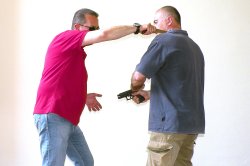
Studying reaction times in defensive situations was first attempted in 1983 by sergeant Dennis Tueller from Salt Lake City police department in Utah.
Tueller ran a test, learning that a man who needs to react to an attack by an adversary armed with a knife needs to be at least 21 feet (6.4 meters) away, in order to survive.
This calculation assumed that the opponent could attack and run on the average 16 km/h, using 1.5 seconds to reach its target.
You often hear that the velocity is useless without accuracy but at short distances, when you are in direct contact with an aggressor, this could not be further from truth.
In this case you don’t need any precision; these distances force you to keep the gun at your waist or in contact with the body of your opponent. Often, in order to reach and extract your gun, you need to apply diverging maneuvers to distract, push away or hit the aggressor in order to gain the advantage and react in the least possible time.
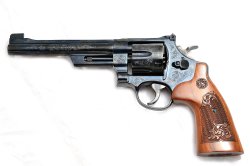
To prove this point, we organized a competition among our skilled shooters, in which they needed to react to a reenacted scene simulating a real aggression.
We put three card targets at about 1.5 meters from the ground – human height, at a distance of 30 cm away from them.
Each shooter had 9 shots in their magazine and all of them used the same Glock model 19, with a bullet in the chamber and a Kydex external holster.
In the beginning, the shooters needed to hit the targets in a tactical sequence, one hit per target, until they run out of rounds.
To increase the speed of their execution, the rules of the exercise were that all the targets could be hit at any point, disregarding the sequence or hits. All we graded was the speed. The overall results of the competition, which did not include a prior training, showed a timing of 2.91’’. The best score of this little test was 2.73’’.
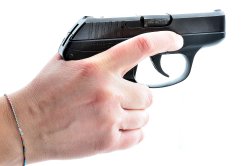
Most likely, in a situation of this sort, considering the same distance, it is not very likely to survive the aggression but the slight possibility that still remains would completely vanish if you applied wrong moves learned during your training.
Even the slightest amount of stress caused by the competition can cause the shooter to make mistakes; some, due to competition and sport conditioning, rather than defense training.
As a matter of fact, some of our participants, probably conditioned by years of competitions, after the test said that even though they knew that the reduced distance did not require an accurate aim, they still held off discharge until they managed to obtain a perfect sight picture aligning the front and rear sights in the center of the target.
In these cases, times increased to 4 and 5 seconds. Others shot more than one round on the first target, double tapping, delaying the response against the other two targets, which represented a reactive deadly threat, not an opportunity to gain more points in a competition.
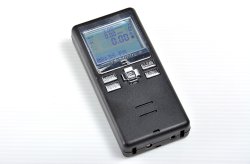
If we think about an aggression already in progress, those who react late, trying to hit a button of the opponent’s shirt rather than a general 'chest area', rarely win the fight.
To get to a good level, you should train by reenacting defensive scenes, using a timer and your usual gear.
It is plain wrong to use match grade, custom made weapons and gear in order to make everything simpler.
If you normally carry a hidden firearm, you need to learn how to extract the gun and move away your clothes from that holster.
Don’t use a thigh-holster for tactical training because it makes you feel like you are a part of the SWAT unit, if you would normally use an inside or a waist holster, hidden underneath your clothes, for everyday carry.
Your goal is to extract the gun and shoot your first round, using the external holster for example, in less than one second, of course, while hitting your target.
You should keep in mind that the timer works when you train but remember that in reality nothing ever goes the way it should, because it happens when you least expect it and it causes much stress. This is why you should trust a simple principle – you fight as you train.



